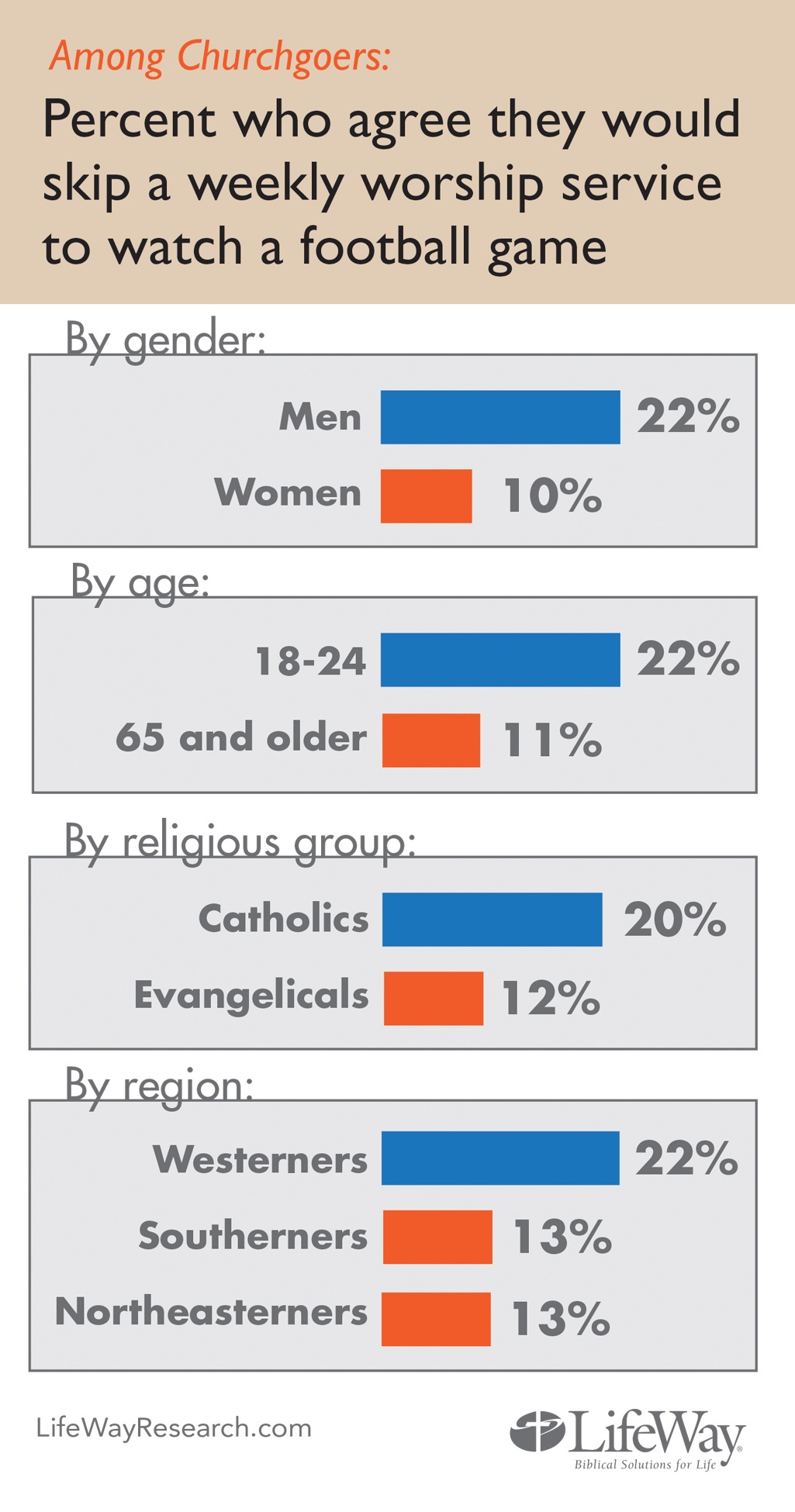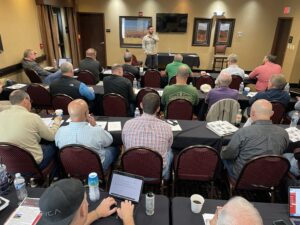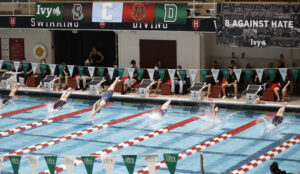
NASHVILLE, Tenn. (BP)–Three years ago the Lancer Aquatic Center at California Baptist University was nothing more than a stretch of dirt.
But a few bucks — $1.5 million to be exact — gave the land a new identity. No more weeding, just winning.
As bulldozers dug an Olympic-size hole in the dirt, Rick Rowland was hired to head up CBU’s first water polo and swim teams. With construction still underway, Rowland began recruiting. His first task was to convince recruits they wouldn’t be swimming in a mud bath if they signed with the Lancers.
“Kids would say, ‘California Baptist?'” Rowland recalls. “‘You guys have a pool?'”
CBU does now, one of several Baptist colleges with new sports facilities.
CBU is one of the best competitive swimming facilities in Southern California. The Lancers aren’t cannonballin’ around; they swim to win.
“I have kids talking to me that wouldn’t even give me the time a year ago when we had a hole in the ground,” Rowland said.
Makes sense. No need to boast about the team Speedos when you can show off a state-of-the-art facility.
And CBU spared no expense. The Lancer Aquatic Center is as aesthetically pleasing as it is technologically advanced. Deep gutters reduce the amount of water splashing back in the pool. Surgers produce more bubbles to help air flow and keep the water fast.
In addition to the 13-lane competition zone, the warm-up pool, the water polo area and the 1- and 3-meter springboards, a community instructional pool is also a part of the facility. In the off-season, physical therapy groups visit the Lancer Aquatic Center to work out and rehabilitate. The pool is even equipped with a wheelchair lift to lower the disabled into the water.
“Our goal is to win an NAIA title with this facility,” said Rowland, who was named NAIA Swimming and Diving Coach of the Year in just his second season at CBU.
The goal is certainly reachable. In 2001, both the men’s and women’s swim teams were runners-up at the NAIA nationals for the second consecutive year.
“The men lost by 11 points,” said Rowland, “which is like losing at the buzzer.”
Lancer water polo has experienced equal success despite going solo as the only NAIA school to offer the sport. This year, the men placed 15th while the women finished 13th nationally out of all divisions (I, II, III, etc.).
“Water polo in California is the center,” Rowland said, “and we’re right here among the nation’s best. Overnight, we’ve become a powerhouse.”
And to think, it all began with a pile of dirt.
Not so spic and span
While CBU has enjoyed immediate success in its new facility, other schools haven’t been so quick in the water.
In its first year of football since 1950, East Texas Baptist University finished the season a not-so-sparkling 2-8. In 1998, ETBU decided to reinstate the football program, which meant coming up with enough dough to build a stadium.
ETBU is still finishing its $1.1 million project to build and later enlarge the football facilities. Included in the cost is an already completed fieldhouse with locker rooms, conference and video rooms. ETBU is also hoping to build a soccer complex with the leftover football contributions.
“Because of the significant vision by our president and aggressive pursuit of funding and the gracious gifts of supporters,” ETBU head coach Ralph Harris said, “we turned a five-year plan into a one-year plan.”
The Tigers played their first game in the 20,000-seat stadium last fall.
“We had 90 freshmen, two sophomores and a junior,” Harris said. “They don’t see the real picture of being 18-year-olds playing against 22-year-olds. But they got to be a part of starting something from scratch and seeing it grow. We were in the embryonic stage. We played like newborns.
“But we’re growing up fast,” Harris said. “That tends to happen when you’re thrown into the mix. We hope that all the things that relate to being a year older allow us to make a good leap on the field as far as becoming competitive.”
The new fieldhouse and stadium should also help in signing the next generation.
“[The building project] is crucial to our recruiting,” Harris said. “It’s an opportunity to step forward and compete immediately with the best facilities in the country. Now it’s time for the football coaches to come through and be productive on game day.”
Playing with the big boys
Belmont University made the leap to Division I in 1998 and has continued to push forward in its pursuit of athletic achievement. The Curb Events Center is $30 million worth of proof.
When completed, the facility will be part of a larger complex that will provide the university with a venue for various types of activities, including graduation ceremonies, concerts and athletic events.
Both the men’s and women’s basketball and volleyball programs will compete in the new arena. The facility, which will be completed within three years, will also house the department of athletics’ administrative offices.
“It will be a major upgrade for our program,” director of athletics Mike Strickland said. “We need this in order to be a success in Division I. It impacts all of our programs because of the physical attractiveness of the new facility. Everybody will use the new weight room and the new training room. It will help all 15 sports because it shows a commitment to athletics.”
Belmont men’s basketball coach Rick Byrd is excited about the new arena but considers the Bruins’ new conference affiliation (Trans America Athletic Conference) an equal advantage in recruiting. Why? Because the TAAC tournament champion receives an automatic bid to the NCAA tournament.
“The only thing more significant for us [than the arena] was gaining access to the TAAC,” Byrd said. “A young man playing college basketball wants a chance to play in the NCAAs.”
All that glitters isn’t gold
So what happens when your arena of dreams is finally erected? The building might be bigger, but is newer always better? Or does playing in an older venue still have its advantages?
“Samford is a good example that [having an arena] isn’t as important as other things,” Byrd said.
The Bulldogs, who made back-to-back appearances to the NCAA men’s basketball tournament, play in a 40-year-old gym that seats 4,000 people. Each year, the coaches expect to recruit a few kids who played in larger high school gyms than Samford’s Seibert Hall.
“The disadvantage is obviously that it’s not an arena,” said Samford assistant coach Mike Morris, who is in charge of recruiting. “We bring kids into an empty gym and it looks like a high school gym. The best thing about Seibert [Hall] is game night when it’s packed. It’s a great atmosphere to play in. We definitely have a home court advantage.”
If a recruit can be convinced of such, a weathered gym like Seibert Hall could be a plus. But as more and more programs upgrade their facilities, high school athletes upgrade their standards accordingly.
It seems more likely that a school like Belmont will have the edge in future recruiting wars because an arena embodies the glamour of big-time basketball.
“I think when you bring someone on campus for a visit,” Byrd said, “they want to see what they consider to be an NCAA Division I arena.”
–30–
See more sports news at BPSports, www.bpsports.net.



















